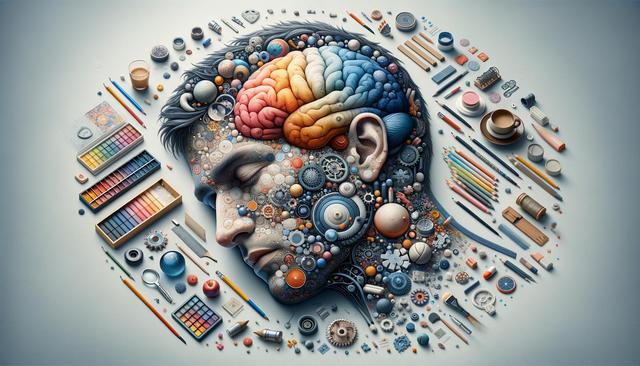Understanding the Importance of Post-Stroke Exercise
After a stroke, the brain and body require focused rehabilitation to regain functionality and improve quality of life. Exercise plays a vital role in this process by encouraging neuroplasticity—the brain’s ability to reorganize itself by forming new neural connections. Physical activity helps restore movement, strength, and coordination, while also improving cardiovascular health and preventing secondary strokes. It’s essential to understand that stroke recovery is highly individualized, and the effectiveness of exercises can vary depending on the severity and location of the stroke. Therefore, working with a healthcare provider to develop a tailored exercise plan is a critical first step.
Post-stroke exercise not only aids in physical recovery but also supports mental health. Engaging in regular activity can reduce anxiety, improve mood, and enhance overall well-being. Patients who incorporate movement into their routines often experience better outcomes than those who remain sedentary. While it’s important to avoid overexertion, consistent and safe activity levels lead to gradual but meaningful improvements.
Highly Effective Exercises for Stroke Rehabilitation
One of the most effective exercises after a stroke is walking. It supports mobility, balance, and endurance, and can be adjusted in intensity to suit different recovery stages. For those with limited mobility, seated exercises are a safe and practical starting point. These movements help improve circulation and maintain joint flexibility without placing too much strain on the body. Some beneficial options include:
- Seated leg raises
- Arm circles
- Marching in place while seated
As strength and coordination improve, patients can progress to more dynamic activities such as standing balance exercises, resistance training, and gentle aerobic workouts like water aerobics or stationary cycling. Each of these exercises targets specific areas of function, contributing to a more comprehensive recovery.
Focusing on Balance and Coordination
Impairments in balance and coordination are common after a stroke and can increase the risk of falls. Rehabilitation exercises that focus on these areas are crucial. Simple routines that challenge the body’s ability to maintain posture and control movements are particularly helpful. Examples include:
- Standing on one leg (with support if needed)
- Side leg raises
- Heel-to-toe walking
Practicing these exercises regularly enhances proprioception, the sense of body position, which is often affected after a stroke. In some cases, therapists may use tools like balance boards or resistance bands to add variety and challenge. Safety is key, so exercises should always be performed in a secure environment, preferably with supervision, especially in the early stages.
The Role of Occupational and Physical Therapy
Therapists play a crucial role in guiding stroke survivors through customized rehabilitation programs. Physical therapists focus on rebuilding strength, coordination, and mobility, while occupational therapists help patients relearn daily tasks such as dressing, cooking, and writing. These professionals assess each individual’s abilities and limitations, then design a plan that evolves as recovery progresses. Therapy sessions often incorporate functional exercises that mimic real-life activities, making them more meaningful and effective.
In addition to guided sessions, therapists often recommend home-based exercises to encourage consistency and independence. These routines help reinforce gains made during therapy and allow patients to maintain momentum between appointments. Communication between therapists, patients, and caregivers is essential to ensure that exercises are performed correctly and adjusted as needed.
Staying Motivated and Setting Realistic Goals
Maintaining motivation throughout stroke recovery can be challenging. Setting small, achievable goals helps build confidence and a sense of accomplishment. Celebrating progress—no matter how minor—encourages continued effort. Creating a structured daily routine that includes time for exercise can also make consistency easier to achieve. Support from family, caregivers, or stroke support groups can provide additional encouragement and accountability.
It’s important to remember that recovery is not linear—there may be setbacks along the way. However, persistence and a positive attitude can make a significant difference. Tools like progress journals, mobile apps, or reminders can help keep individuals engaged and focused on their goals. With time and dedication, many survivors experience meaningful improvement in their daily lives.
Conclusion: Supporting Recovery Through Exercise
Exercise is a fundamental component of stroke rehabilitation, offering both physical and emotional benefits. While the path to recovery varies from person to person, incorporating targeted, safe, and consistent exercise routines can significantly enhance the healing process. By working closely with healthcare professionals, setting realistic goals, and staying motivated, stroke survivors can regain independence and improve their quality of life. Whether starting with gentle seated movements or progressing to more advanced routines, every step counts in the journey toward recovery.








